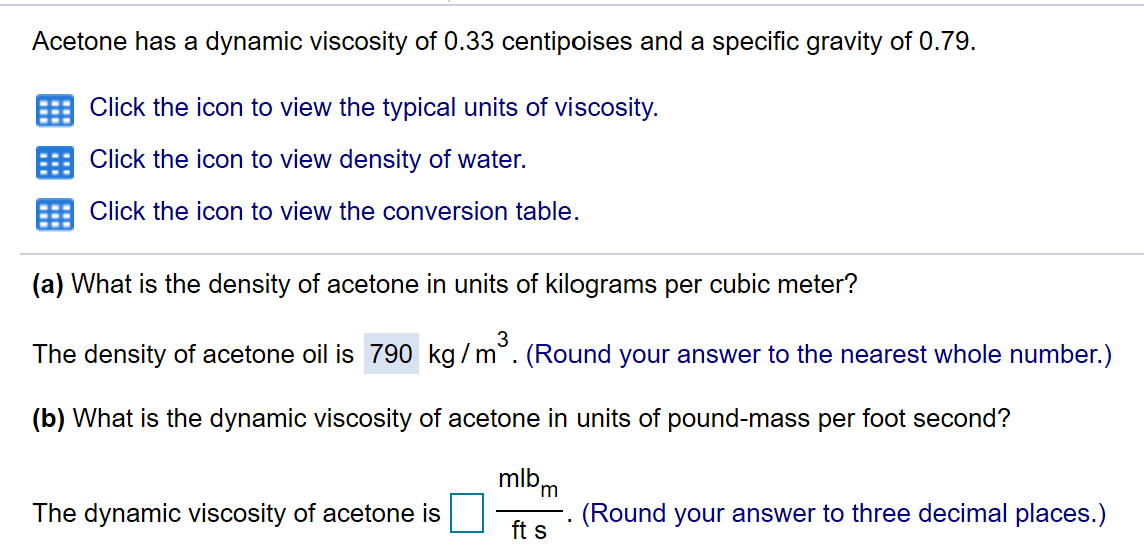


However, honey can sometimes have varying degrees of viscosity due to post-capture processing. Sometimes they mix honey with sugar and other elements to market it and this causes it to lose viscosity. It can be said that honey is one of the most viscous and sweetest animal fluids. It is a fluid that bees produce from the nectar of flowers or excrement of living parts of plants. Honey Honey, like mustard and ketchup, are examples of viscous or thick liquids Oil is any liquid and fatty substance that is obtained after the processing of different seeds and fruits. On the other hand, fuel oils are obtained from oil refining .Įach of these oils has specific characteristics and uses. However, one of the elements that makes both types oils is precisely their viscosity, fuel oils tend to have a higher degree of viscosity than edible ones. The viscosity of liquid water varies as a function of temperature. For example: its viscosity is 1,308 cP, at 20 ✬, and 0.4658 at 60 ✬. This decrease occurs because the increase in temperature decreases the cohesion between the water molecules. Therefore, its liquid sheets slide past each other more easily and quickly. Water viscosity Viscosity differences between water, olive oil and honey Kinematic viscosity, like absolute viscosity, decreases as temperature increases. The viscosity of a liquid is influenced by temperature, so reference temperatures are used: 100 ✬ for residual liquids, and 40 ✬ for diluted liquids.

s / m 2 ), and ρ the density (Kg / m 3 ). Kinematic viscosity is also represented by the symbol µ.Where ν is the kinematic viscosity (m 2 / s), η the absolute or dynamic viscosity (N It is the relationship between the absolute viscosity and the density of the liquid: Absolute or dynamic viscosityĪbsolute viscosity is the force that must be applied per unit area to move a sheet of liquid horizontally relative to another sheet of liquid at one unit of speed. References to viscosity can be extended to absolute viscosity as they are the same. There are two types of viscosity: the absolute or dynamic viscosity, and the kinematic viscosity. Being able to equate the mass with the viscosity.


 0 kommentar(er)
0 kommentar(er)
